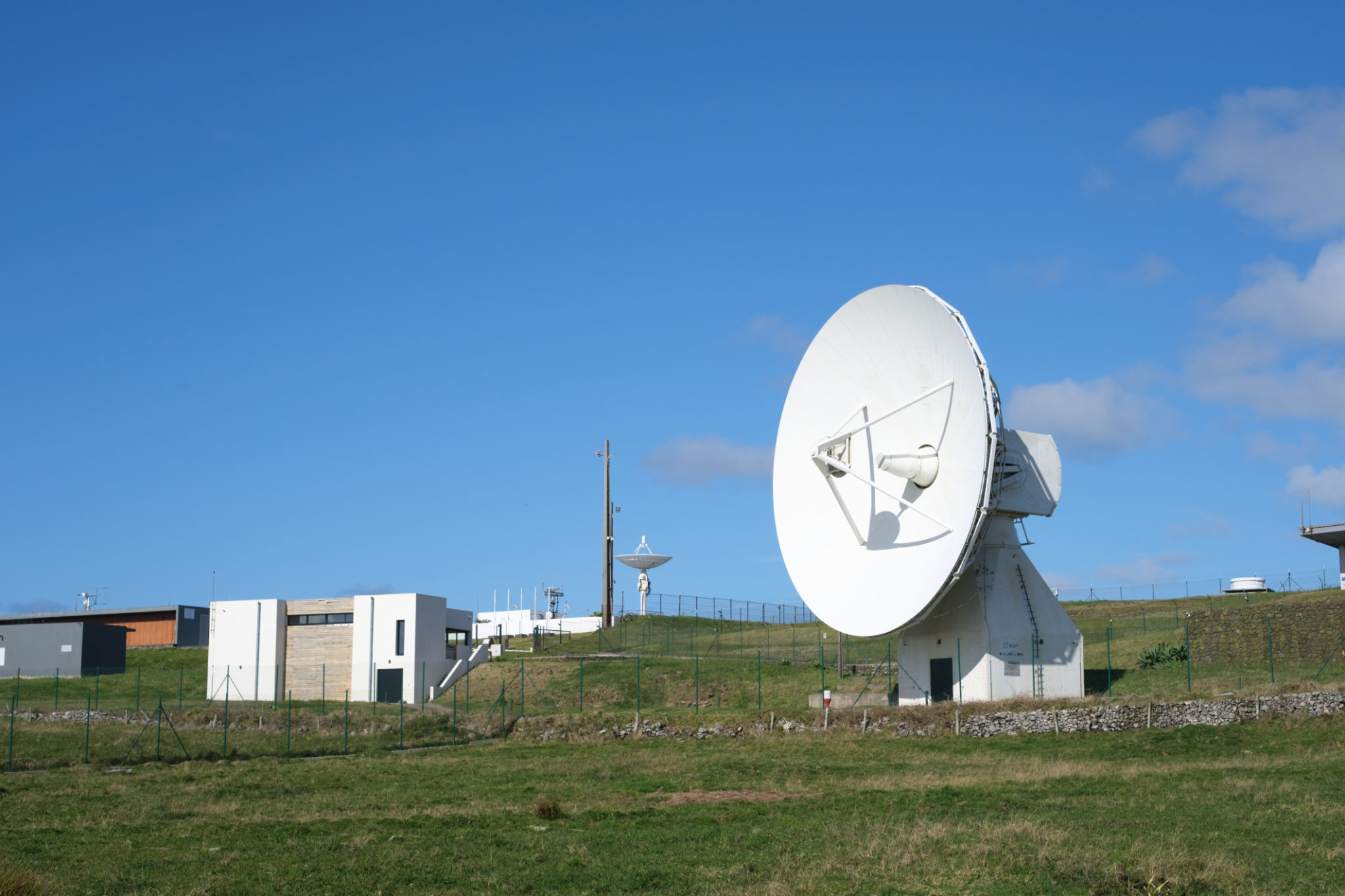How Santa Maria’s Weather Affects Home Building and Renovation Projects
Understanding Santa Maria's Unique Climate
Santa Maria, located in California's scenic Central Coast, is known for its Mediterranean climate, characterized by mild, wet winters and dry summers. This weather pattern significantly impacts home building and renovation projects, requiring residents and builders to consider specific factors when designing and maintaining their homes.
The city's moderate temperatures mean that extreme cold or heat is rarely a concern. However, the dry summer conditions and occasional heavy rains during the winter months can present unique challenges. These climate characteristics necessitate specific strategies to ensure both new constructions and renovations are durable and sustainable.

The Impact of Seasonal Changes
Seasonal variations in Santa Maria can influence the timing and execution of building projects. During the wet winter months, it is crucial to protect construction sites from water damage. Builders often implement measures such as using tarps or temporary drainage systems to prevent water accumulation that could delay progress.
Conversely, the dry summers offer an ideal environment for construction activities, with fewer interruptions due to weather. However, builders must also be mindful of fire hazards during this period, as dry conditions can increase the risk of wildfires. Implementing fire-resistant materials and maintaining clearances around the property are essential considerations.
Material Selection for Weather Resilience
Choosing the right materials is vital for ensuring that structures can withstand Santa Maria's weather conditions. For instance, moisture-resistant materials are recommended for areas prone to rain exposure, reducing the risk of mold and structural damage. Additionally, materials that can endure the dry heat of summer without deteriorating are crucial for long-term durability.

Builders often opt for roofing materials like metal or tile, which provide excellent durability against both rain and sun exposure. For siding, fiber cement or stucco are popular choices due to their resistance to moisture and fire. These materials not only enhance the home's resilience but also contribute to energy efficiency by providing better insulation.
Design Considerations for Energy Efficiency
With its moderate climate, Santa Maria offers opportunities to design homes that maximize energy efficiency. Proper insulation is key to maintaining a comfortable indoor environment without excessive reliance on heating or cooling systems. Incorporating passive solar design elements can further enhance energy savings by optimizing natural light and heat.
Additionally, installing high-efficiency windows and doors helps minimize energy loss. Builders may also recommend using reflective roofing materials and cool roof coatings to reduce heat absorption during the summer months, contributing to lower energy costs and increased comfort.

Planning for Future Climate Adaptability
As climate patterns change, it's important for builders and homeowners in Santa Maria to consider future adaptability. Strategies such as incorporating drought-tolerant landscaping and rainwater harvesting systems can help address water scarcity issues that may arise with prolonged dry seasons.
Furthermore, designing homes with flexible living spaces allows for future modifications as climate-related needs evolve. This proactive approach ensures that properties remain functional and valuable in the face of changing environmental conditions.
In conclusion, understanding how Santa Maria's weather affects home building and renovation projects is essential for creating structures that are both resilient and comfortable. By considering seasonal changes, selecting appropriate materials, and planning for energy efficiency and future adaptability, homeowners and builders can ensure their homes withstand the test of time and climate.